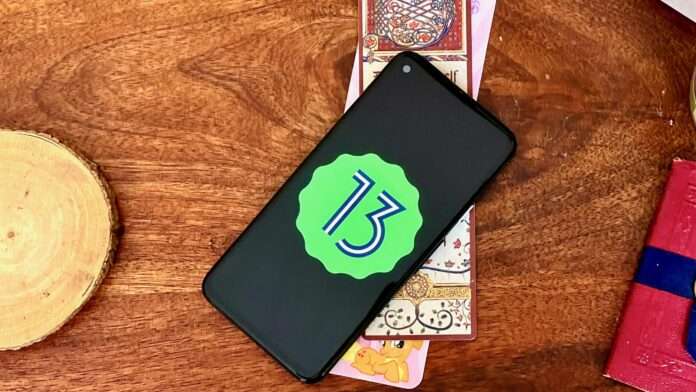Once developer previews of Android 13 began appearing in February this year, the release schedule for the Android update looked very straightforward (especially if you were familiar with Android 12’s rollout).

Even before we saw that timeline, we figured the final Android 13 release would happen in the fall, ahead of the launch of the Pixel 7. With Google describing the release as “weeks away” when it released beta 4, it now looks like August is the like launch window for Android 13.
Android 13 features
Android 13’s whole feature set has come into focus with the releases of Android 13 Developer Preview 1, Developer Preview 2, Beta 1 and Beta 2 filling in the details. We also had some rumored features from Android Police to give us a hint about what Android 13 would offer.
Spatial audio/virtual surround sound: Whatever you want to call it, Google seems to be working on the ability to give your audio devices a more 3D effect when paired with your Android phone.
Bluetooth LE support: The latest standard of Bluetooth needs less power, offers multi-device pairing and reduces stuttering. That’s why it’s great to see the necessary audio codec present in Android 13.
Copied text editing: In the same way you can tap the preview of a screenshot to make changes before saving it, Android 13 gives you a preview of any text you’ve copied, and allows you to edit it before adding it to your clipboard, hopefully saving you from a few mistakes. If the phone detects you’ve copied a hyperlink, a button to instantly open it in Chrome also pops up.
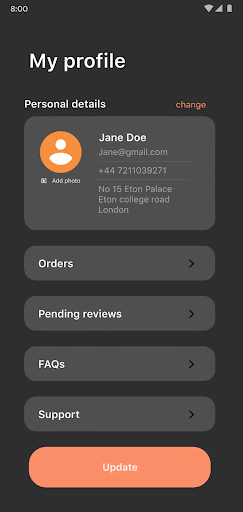
Photo Picker: Added in the first developer preview for Android 13, the new Photo Picker adopts a feature already available in iOS 15. You’ll be able to choose whether to share specific photos with an app rather than your whole gallery. The feature adds an extra element of privacy, only letting apps see the specific data you wish to share with them.
Nearby Wi-Fi device permission: Another addition in the Android 13 developer preview, Nearby Device permission now includes a Wi-Fi element. Specifically, a NEARBY_WIFI_DEVICES permission allows apps to access your phone’s knowledge of Wi-Fi access points, potentially limiting what you share with outside apps.
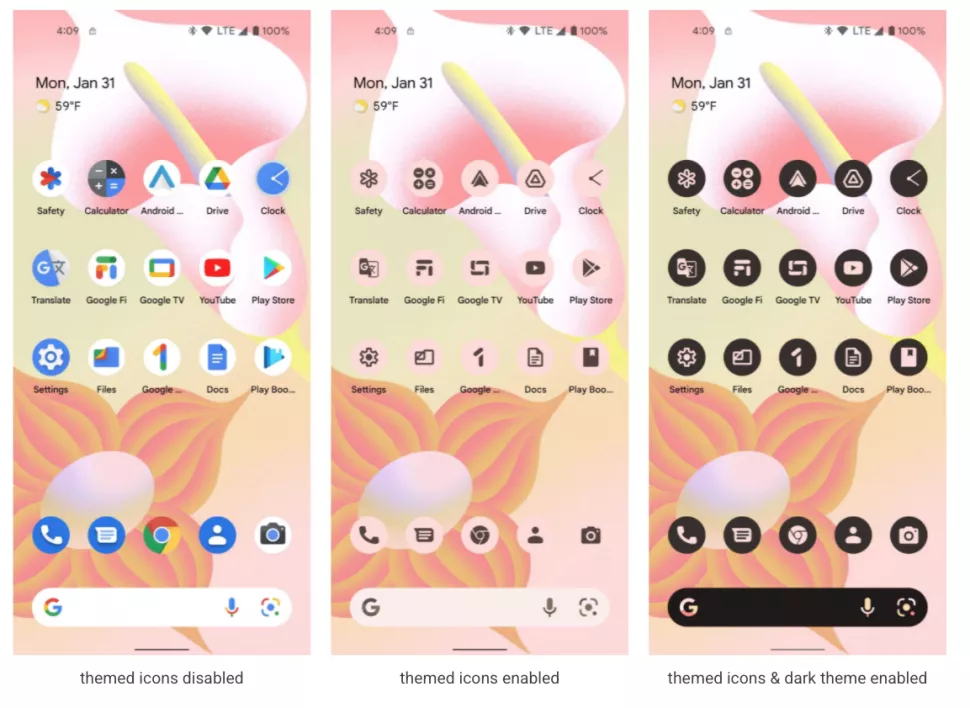
Themed third-party icons: As you may remember, Android 12 allowed icons to shade themselves according to the wallpaper, even if the feature was limited to Google’s apps. Based on the developer preview, Android 13 extends that capability to third-party apps.
Dual eSIM support: According to a report, Google may offer a way of letting multiple carriers connect to a single eSIM in Android 13. This dual eSIM support in Android 13(opens in new tab) would obviate the need for a physical SIM card, though that would be up to carriers and phone makers.
New QR code scanner: Screenshots obtained by Android Police(opens in new tab) show two new QR code scanner options. The first is allowing you to access your phone’s scanner from the lock screen, meaning you can scan restaurant menus without unlocking your device. This would certainly be welcome.
Media playback handoff: Android might be getting its own media handoff feature to rival the iPhone and HomePods. If you don’t know, you can hand off media to a HomePod mini by tapping your iPhone to it. If Android Police(opens in new tab)’s source is correct, Android 13 could see “Media TTT,” or Media Tap-to-Transfer. This would allow you to tap your phone to some device, like a Nest speaker, to transfer the media playback to it. How this would work remains unclear at this time.

Granular media access permissions: Android 13 Beta 1 introduced new granular media access permissions. Apps will now have to request access to your images, videos, and audio files separately. Before, apps got access to all of your media with a single permission.
Redesigned media output picker: Android Police thinks Google won’t stop with a photo picker, making changes to any media output picker. This is where you choose what speaker plays your media, whether it’s your phone’s loudspeakers, your Bluetooth earbuds, etc. The screenshots obtained by show that the volume bar looks like it’s getting a rounded, full-size option to match the new main volume bar in Android 12.
Adjustable flashlight: A new report from Esper has found commands in the developer beta that suggest Google will let you adjust the brightness of your flashlight, rather than simply having it on or off. This feature has been present on iOS and some Android brands for some time, so it’ll be useful to have this feature built-in by default.
App archiving: This may not be Android 13-specific, but Google has officially announced a new feature that will allow apps to be saved in a smaller, archived format on users’ phones, reducing their storage footprint until they’re needed. It sounds particularly useful for users with limited onboard storage.
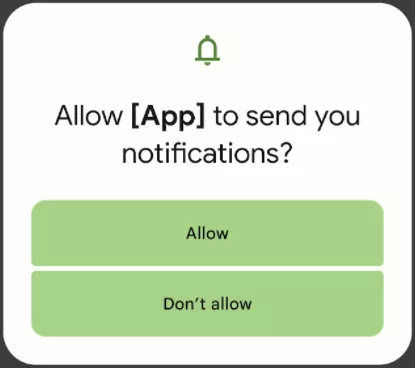
Notification permissions: Android 13 Developer Preview 2 is introducing notification permissions, basically copying iOS exactly. This means that you can outright deny apps from sending you notifications when you first launch them, as long as developers build in the functionality.
Bluetooth LE audio: Android 13 will add support for Bluetooth LE audio, meaning you can get higher-quality audio with less energy expenditure.
MIDI 2.0 support: Android 13 will also add support for MIDI 2.0 devices.
Anticipatory audio routing: Android 13 features new audio device and audio profile APIs to better handle audio production and device selection. This will help users pick the best audio format for their track, which will be great for musicians.
Better error reporting in KeyMint and Keystore: Android 13 features new error reporting in the KeyMint and Keystore cryptographic key systems. Developers who rely on these systems will be able to see errors when their apps fail to generate keys properly. More importantly, developers will be able to use the errors to pinpoint the problem and retry key generation.
Auto clipboard history deletion: This is self-explanatory, but Android 13 will be able to auto-delete your clipboard history.
Android 13: What we want to see
Android 12 wasn’t a perfect transition into the Material You world, much like Android 5.0 Lollipop wasn’t a smooth path to Material Design. Google employs hundreds of people who work on this stuff, but they’re all ultimately human. Mistakes and errors are bound to happen.
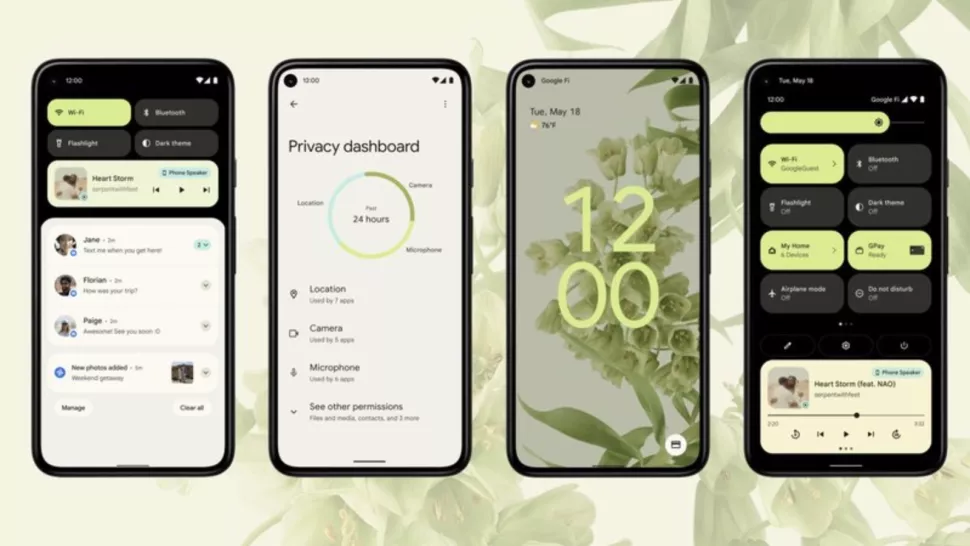
For Android 13, I’d like to see the following things.
Fewer bugs: It’s no secret that Android 12 has had a rocky launch with bugs aplenty. While I personally haven’t had too many issues, I know that many others have had the opposite experience. The shift to Material You presented several problems, like when Lollipop came out in 2014. Issues were bound to happen, but I want to see Android 13 stabilize thing
Bring back the Wi-Fi Quick Settings tile: For Android 12, Google merged the Quick Settings mobile data and the Wi-Fi controls into one called “Internet.” This makes toggling Wi-Fi, or switching networks, a hassle. I want to see this change reversed to the way it was in Android 11.
Universal scrolling screenshots: Android 12 introduced scrolling screenshots, but only for some apps. Developers had to implement a “View-based UI” element into their apps, the lack of which meaning no scrolling screenshots. I want to see Android 13 add scrolling screenshots for all apps and situations, much like we’ve seen on some other Android phones for years.
Smart home controls in power menu: In Android 11, you could access your smart home controls from the power menu. In Android 12, they’re buried behind a Quick Settings tile. It’s just one more step to do something basic like turning off my lights. I’d like Google to bring back the controls to the power menu.



